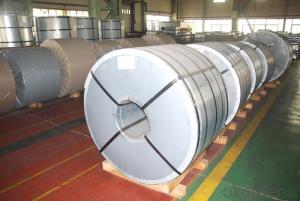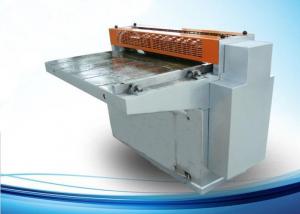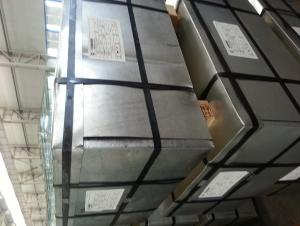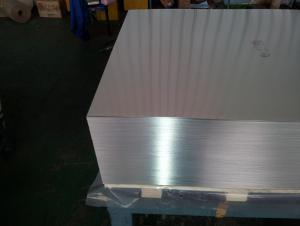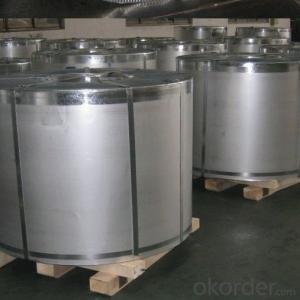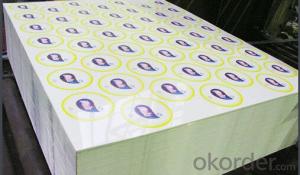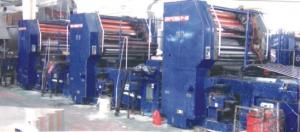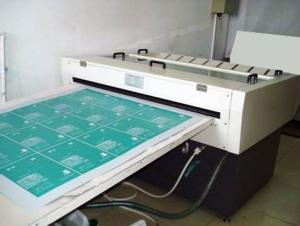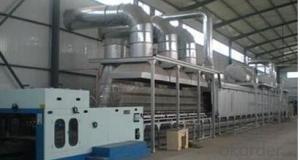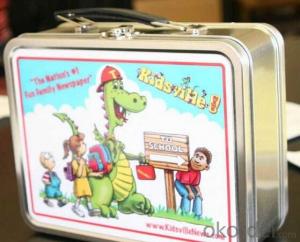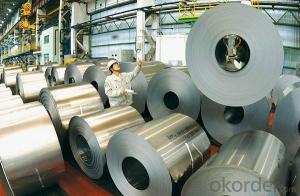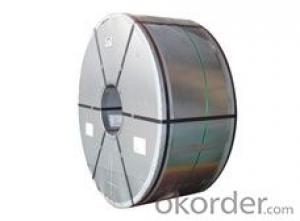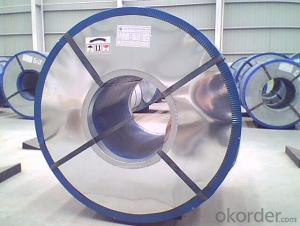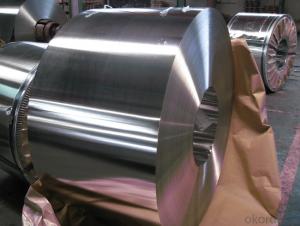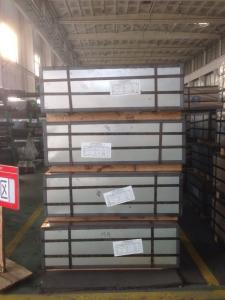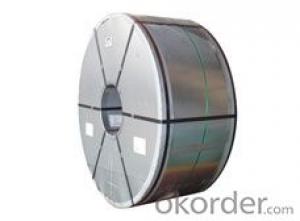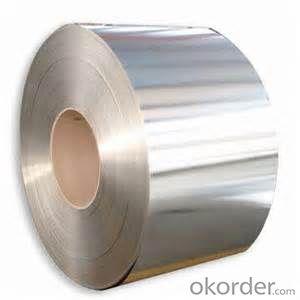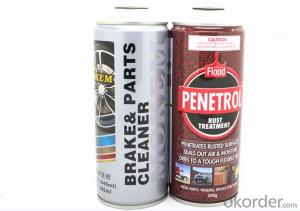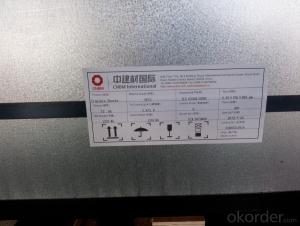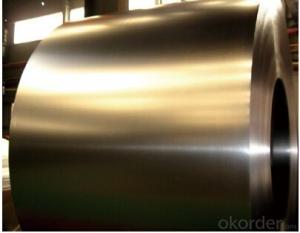Define Tinplate
Define Tinplate Related Searches
Tinplate Synonym Tinplate Material Nse Tinplate Tinplate Properties Tinplate Layout Printed Tinplate Turkey Tinplate Printing Tinplate Buy Tinplate Thai Tinplate Italy Tinplate Spte Tinplate Tinplate Price Tata Tinplate Tinplate Can Tinplate Coating Tinplate Tins Tinplate Production Price Of Tinplate Tinplate Uk Tinplate Products Tinplate Recycling Tinplate China Tinplate Printing Tinplate Packaging Tinplate Iron Tinplate Printing Machine Thyssenkrupp Tinplate Tinplate Market Tinplate Service CenterDefine Tinplate Supplier & Manufacturer from China
Tinplate, a thin sheet of steel coated with tin, is a versatile product that offers numerous benefits for various industries. Its ability to provide corrosion resistance and preserve the freshness of packaged goods makes it an ideal choice for food and beverage packaging, as well as for manufacturing containers and cans. The smooth surface of tinplate also allows for easy printing and decorating, making it suitable for a wide range of applications, from consumer products to industrial components.Tinplate is widely used in the manufacturing of food cans, aerosol containers, and other packaging materials due to its excellent barrier properties against oxygen and moisture. This ensures that the contents remain fresh and uncontaminated, extending their shelf life. Additionally, tinplate's malleability and formability make it an ideal material for creating intricate shapes and designs, which is why it is also used in the production of automotive parts, electrical components, and construction materials.
Okorder.com is a leading wholesale supplier of tinplate, offering a vast inventory of this high-quality product to cater to the needs of various industries. With a commitment to providing exceptional customer service and competitive pricing, Okorder.com ensures that businesses have access to the tinplate they require for their production processes. By partnering with Okorder.com, customers can benefit from a reliable source of tinplate, enabling them to maintain efficient operations and meet the demands of their market.
Hot Products
